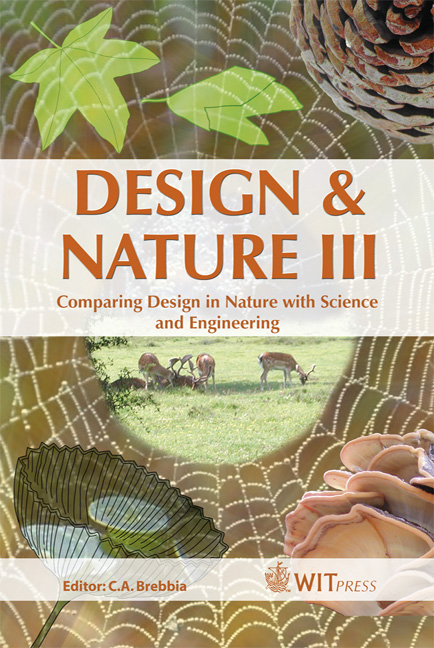Using Murray’s Law To Design Artificial Vascular Microfluidic Networks
Price
Free (open access)
Transaction
Volume
87
Pages
10
Published
2006
Size
541 kb
Paper DOI
10.2495/DN060241
Copyright
WIT Press
Author(s)
R. W. Barber, K. Cieślicki & D. R. Emerson
Abstract
A generalised version of Murray’s law has been derived for the design of microfluidic manifolds and hierarchical fluid distribution systems. Murray’s law was original obtained from a study of mammalian cardiovascular systems and describes the optimum conditions governing the ratio of diameters of the vessels in a branching vascular network. The optimum geometrical relationship, which is now known as Murray’s law, states that the cube of the diameter of the parent vessel must equal the sum of the cubes of the daughter vessels. When the parent/daughter branches obey Murray’s law, the system obeys the principle of minimum work. Furthermore, if the network consists of symmetric bifurcations, an important consequence of Murray’s law is that the tangential shear stress at the wall remains constant throughout the vascular system. In the present paper, we generalise this important hydrodynamic principle and provide a biomimetic design rule for microfluidic systems composed of arbitrary cross-sections. In particular, the paper focuses on the design of constant-depth rectangular- and trapezoidal-sectioned microfluidic manifolds that are often used in lab-on-a-chip systems. To validate the biomimetic design principles, a comprehensive series of computational fluid dynamic simulations have been performed. Keywords: biomimetic, microfluidic, vascular, manifold, lab-on-a-chip. 1 Introduction It is evident that nature has perfected techniques and solutions that are often considered to be optimal. Understanding and extracting these \“natural” design
Keywords
biomimetic, microfluidic, vascular, manifold, lab-on-a-chip.





